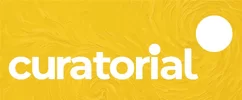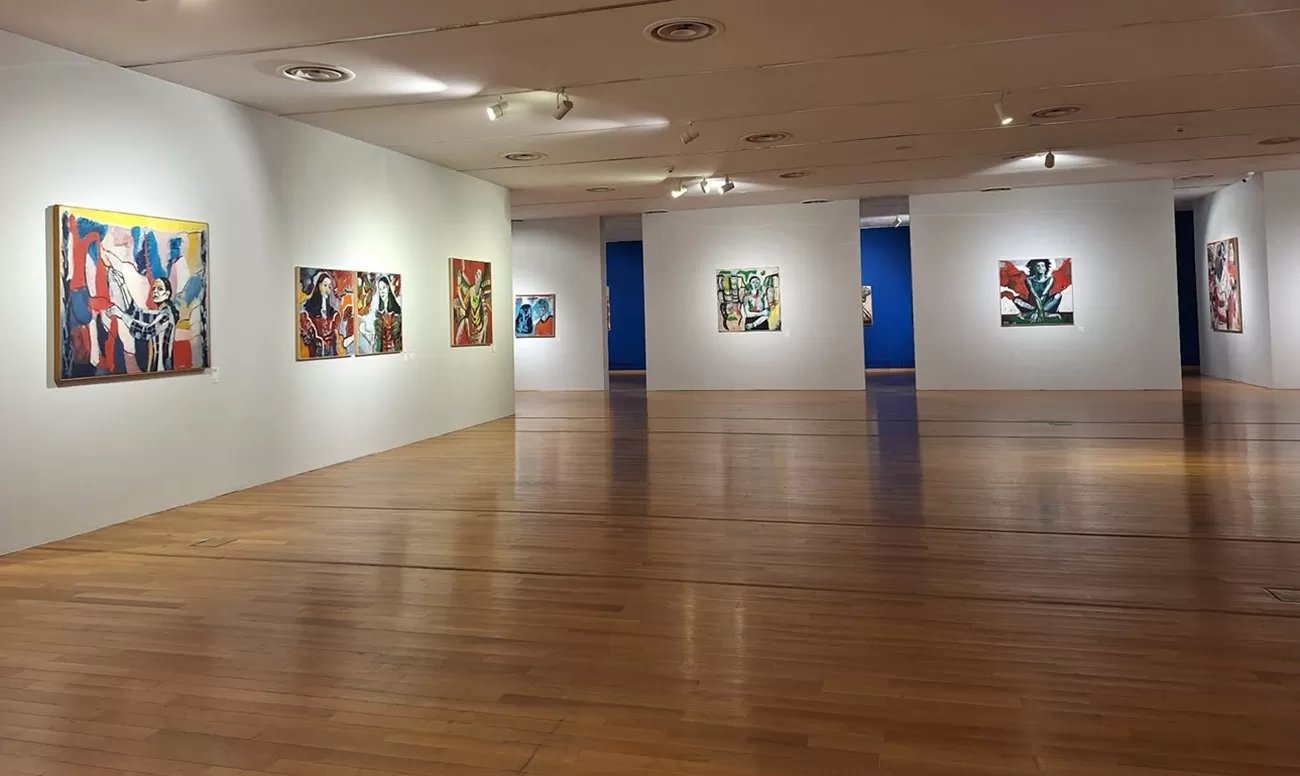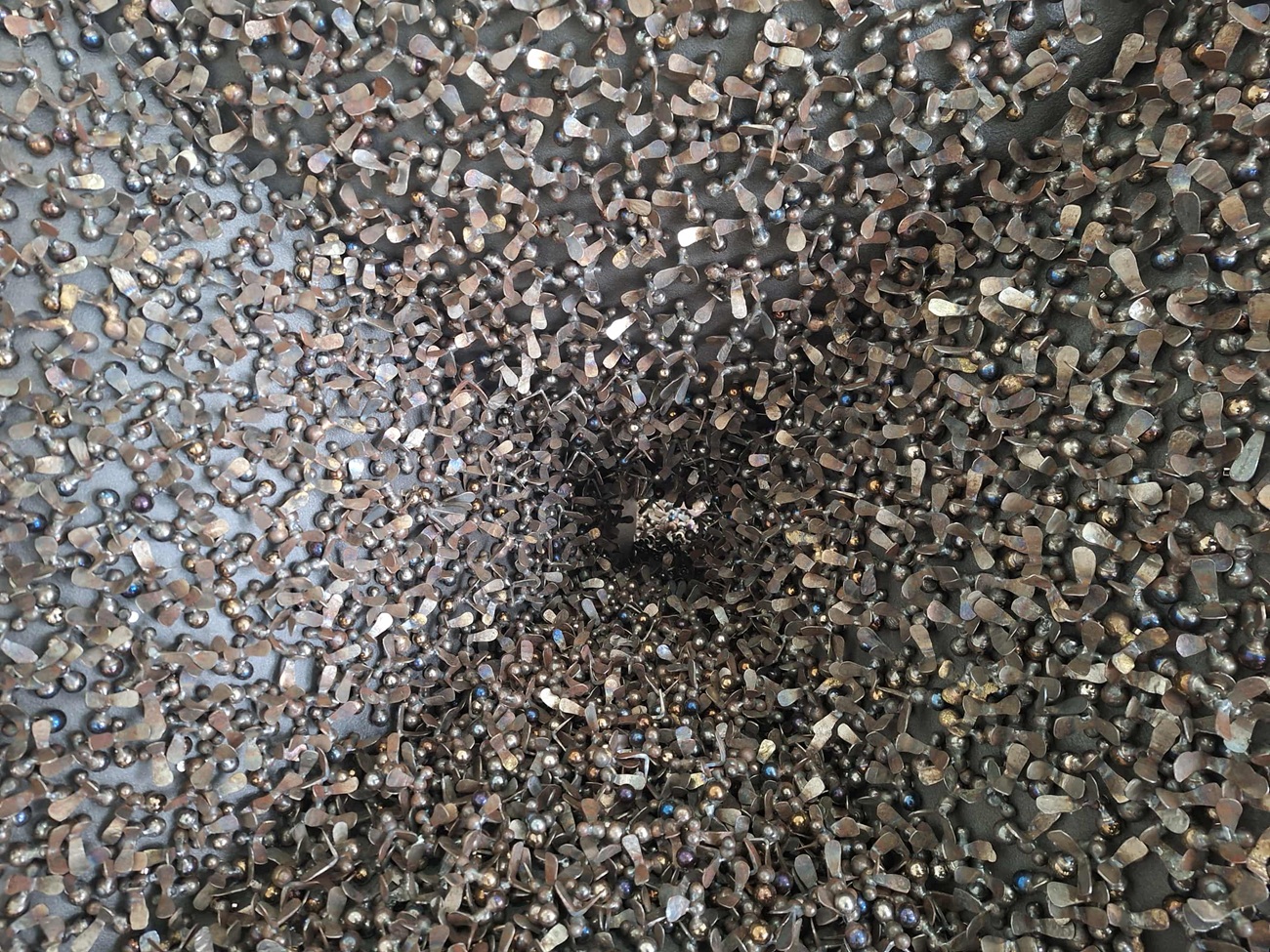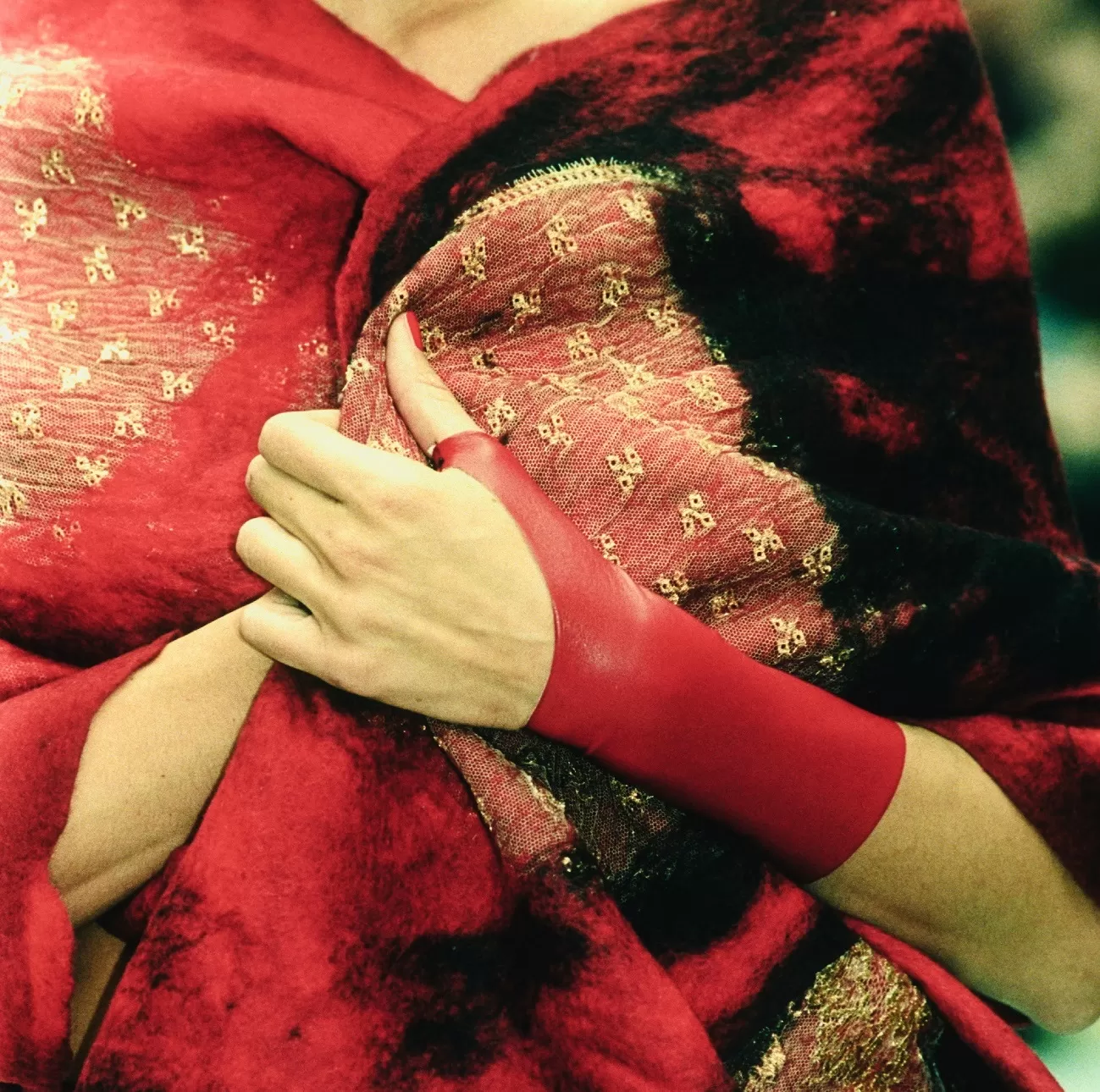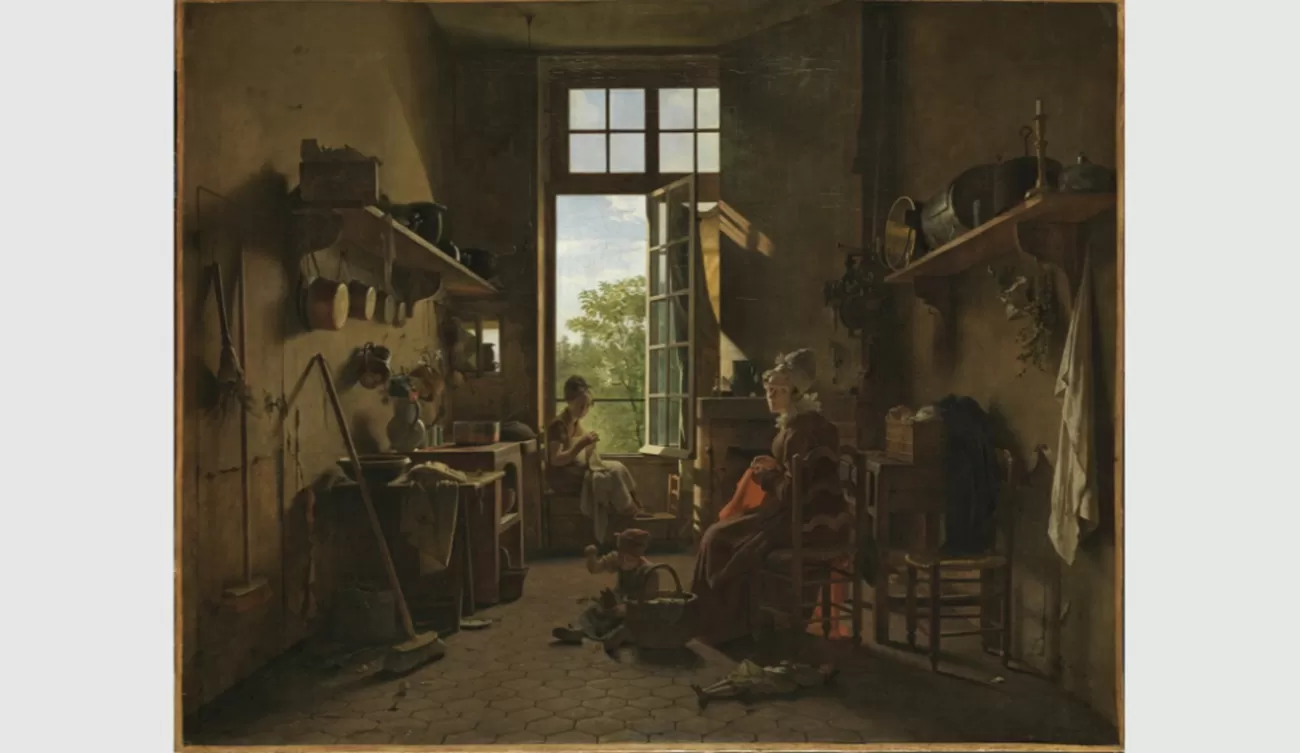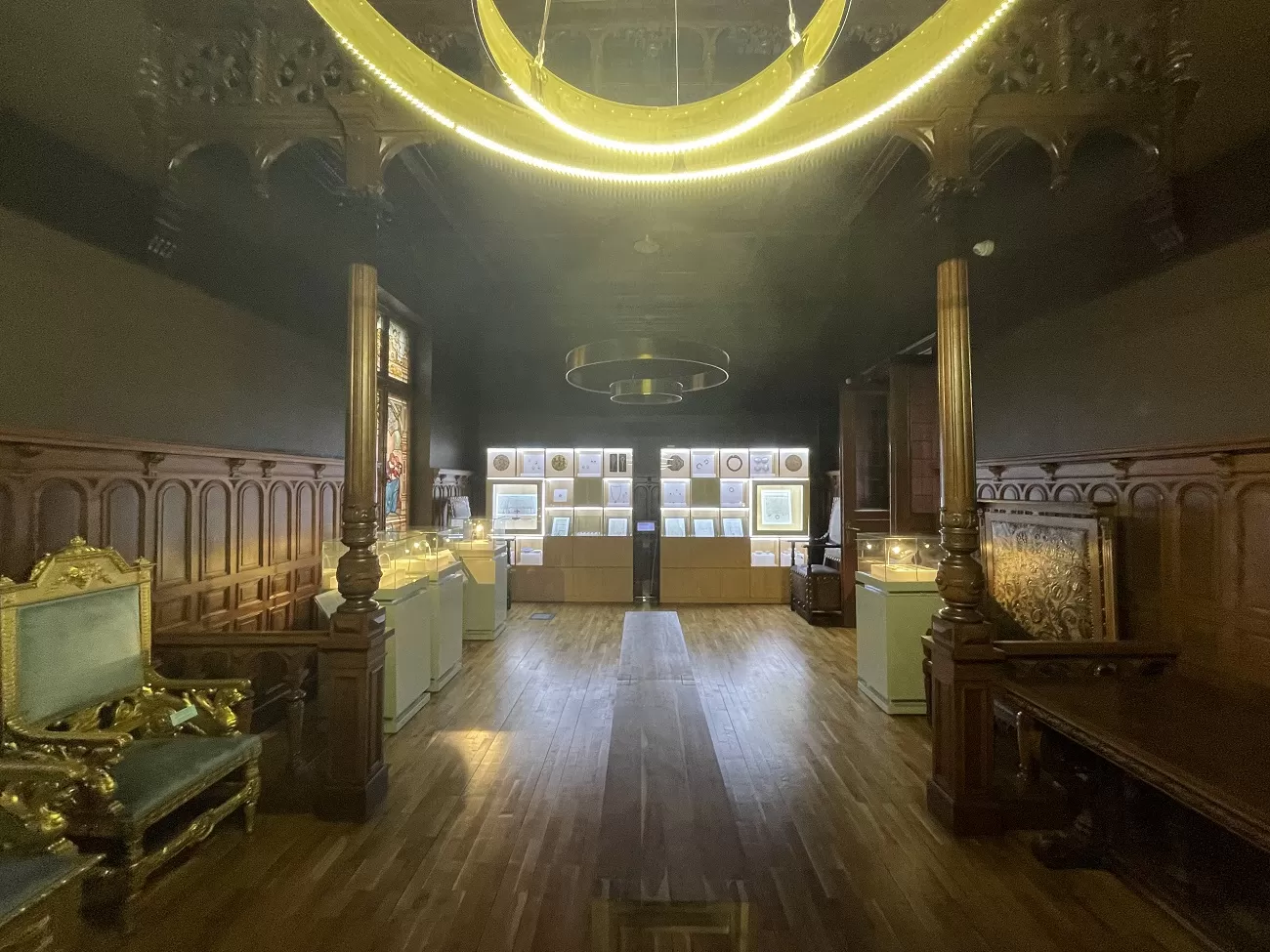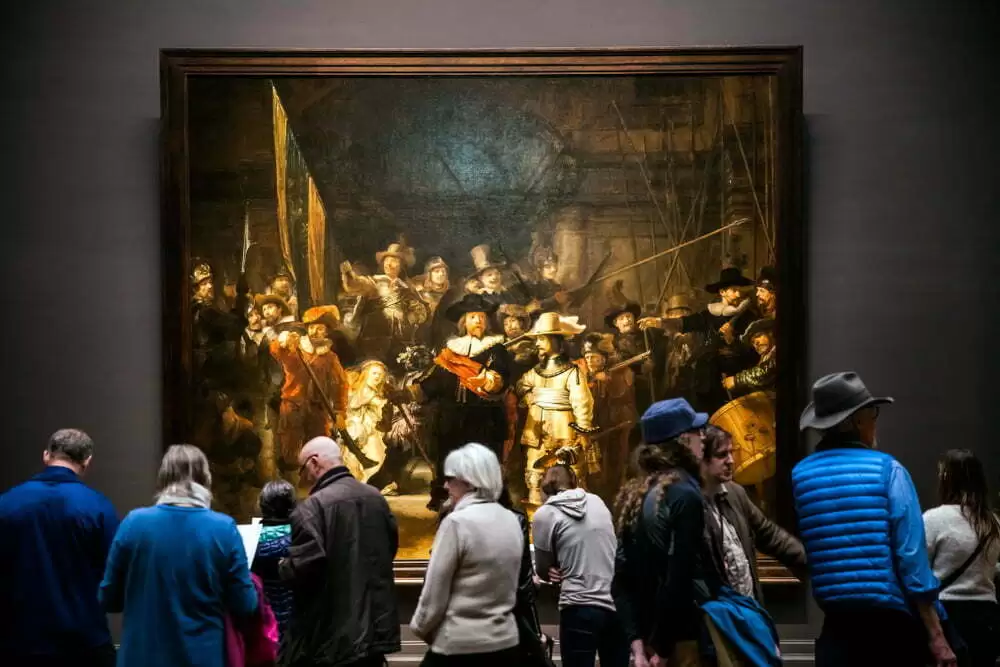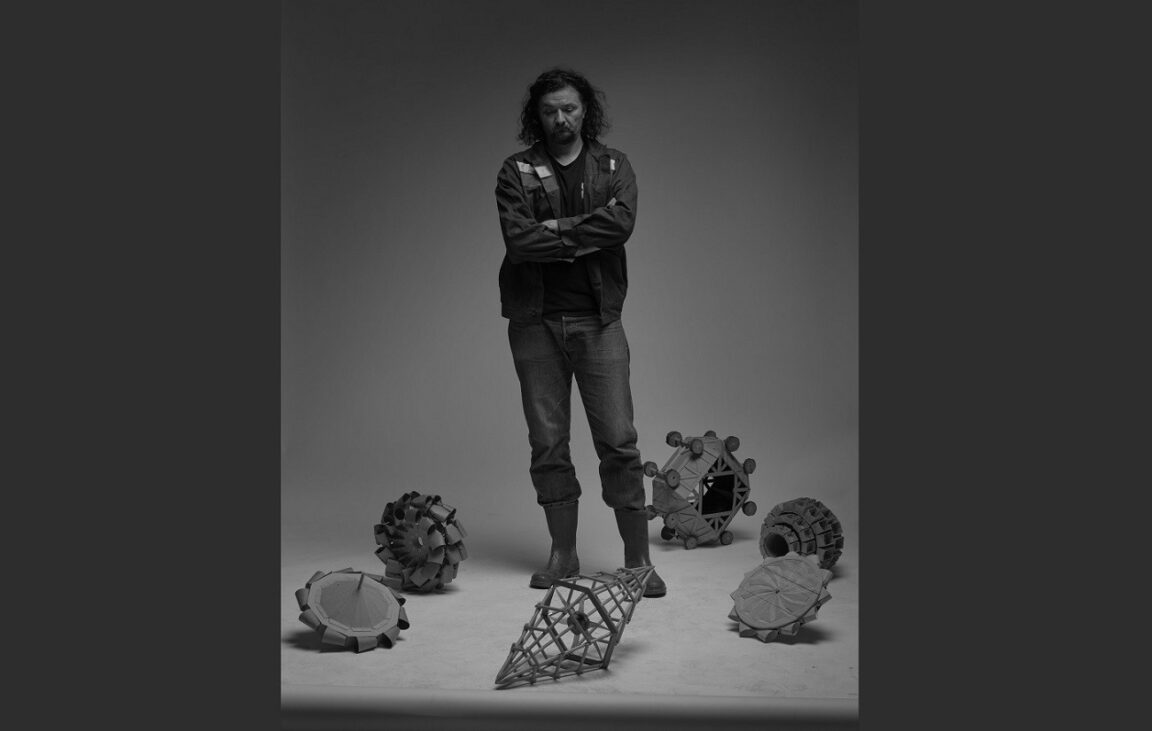
INTERVIEW – Dan Vezentan: Art can be activist even without a direct message
The artist and photographer Dan Vezentan talks with curatorial about the shortcomings, but also the gains in the Romanian artistic field of the last two decades, about the things that the new generation should emphasize and about the isolation of the artist, which often leads to plateauing.
He is convinced that art can be activist even without straight message, but he also says that artists don’t have access to a large enough audience to bring about major changes in society.
Still, “things are moving in an optimistic direction,” he says.
Dan Vezentan explores the world of livestock and agriculture, presenting it subjectively, based on childhood memories. His work starts with the design of farms, animal feeding and watering systems or food storage systems, analyzing food production, surplus, bio-waste and ecology.
Born in 1978, in Seini (Maramureș), he graduated from the University of Arts in Bucharest, and currently lives and works as an artist and photographer in Bucharest. His works create a link between rural specificity and contemporary concerns about sustainability and ecology.
Dan Vezentan, with solo exhibitions and participations in group shows in venues such as MNAC Bucharest, Sandwich Gallery and BOZAR Brussels, is invited on October 10 at the Glitch Library in Bucharest for an artist talk, free of charge, with online registration. There, he will present the zootechnical-agricultural library from his own studio and some copies of books with graphics specific to the 60s – 80s.
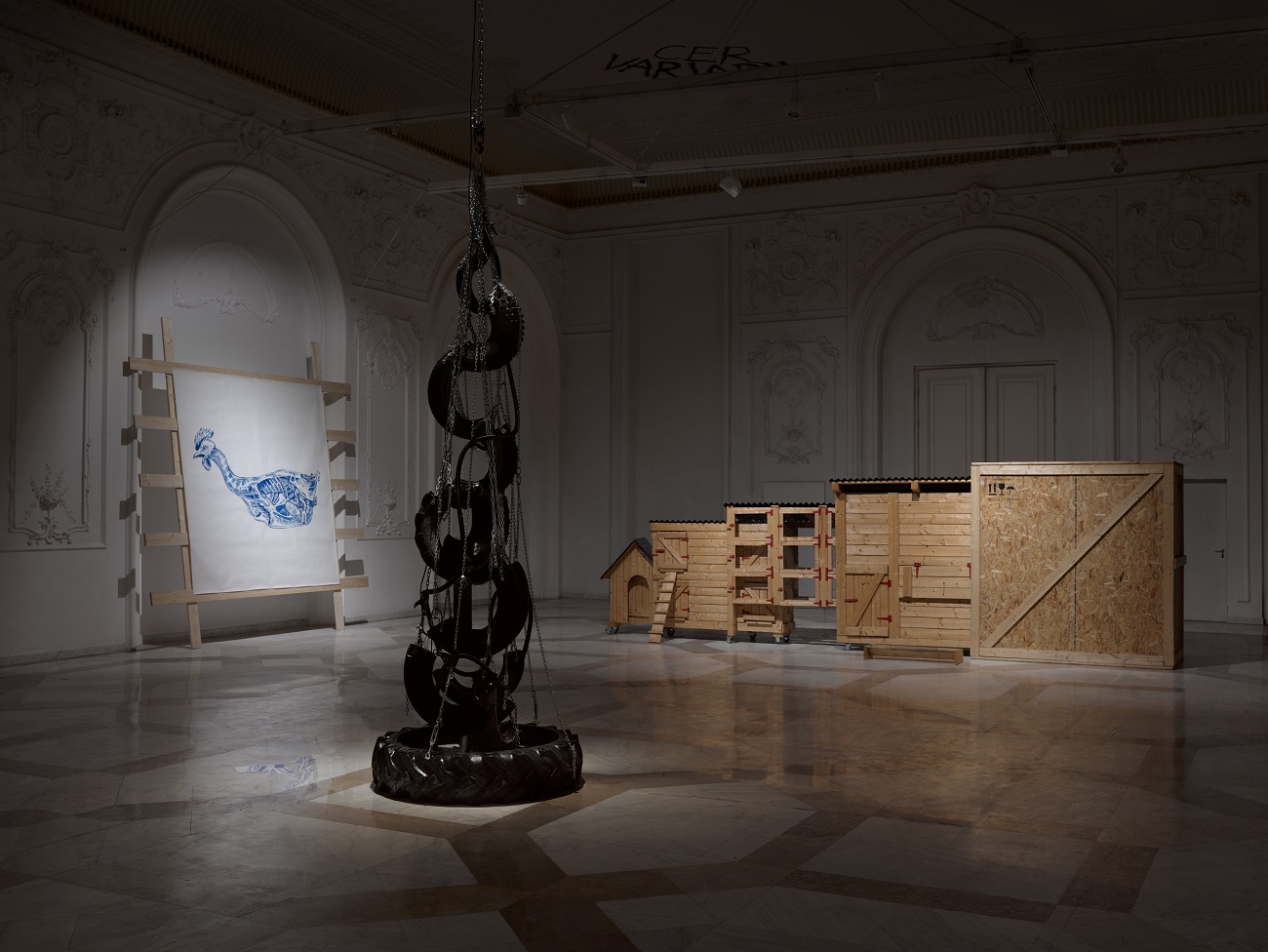
Dan Vezentan, „Water, Food, Shelter”, MNAC 2018
What do you think is the most important thing missing in the Romanian artistic field today?
Dan Vezentan: I think there is still work to be done on the funding side, as in any field, but the situation now is much better than it was 15-20 years ago. The authorities get involved if they are convinced, collaborations exist if the partners are creative, things are moving in an optimistic direction.
Which of the research, learning and dialogue – the core components of the Glitch Library project – should the younger generation of artists be focusing on?
Dan Vezentan: All components are important, but in the case of young artists the focus should be on learning – research. Dialogue, in their case, I don’t think is a problem. It’s an excellent opportunity to study art books, criticism, author’s albums, biennale catalogs, architecture. I compare the situation with what we had 20 years ago when we graduated from the Academy of Art and the difference is huge. Information is crucial.
How important is it for an artist to continue to research, to see other exhibitions, to talk to professionals in the field even years after completing their studies?
Dan Vezentan: The artist is constantly researching, searching, experimenting, exchanging ideas, so it is absolutely necessary – and natural – to do this indefinitely. Isolation leads to plateauing or regression in most cases.
Is the description “solitary” accurate for an artist?
Dan Vezentan: In my case, I can say that the research, sketching, designing, modeling time I prefer to spend alone in the workshop. If necessary, I am helped by assistants or contract suppliers who can produce certain components for technical work that exceeds the workshop’s capacity.
In your practice, how often do you collaborate with artists, technicians and, in general, what do these collaborations consist of?
Dan Vezentan: If a joint project is being built, I collaborate with other artists, but there the role of the curator is very important. I also collaborate very well with my colleagues at the Malmaison Workshops, where we have various administrative and organizational things to do. Otherwise, if necessary, I ask for technical advice from close artists who specialize in certain techniques in which I am a novice.
Technicians were needed for the production of kinetic, motorized, electrical or chemical components. We had to redesign structures, motorizations, strength calculations, buoyancy, water filtration systems, matters of engineering and less of art.
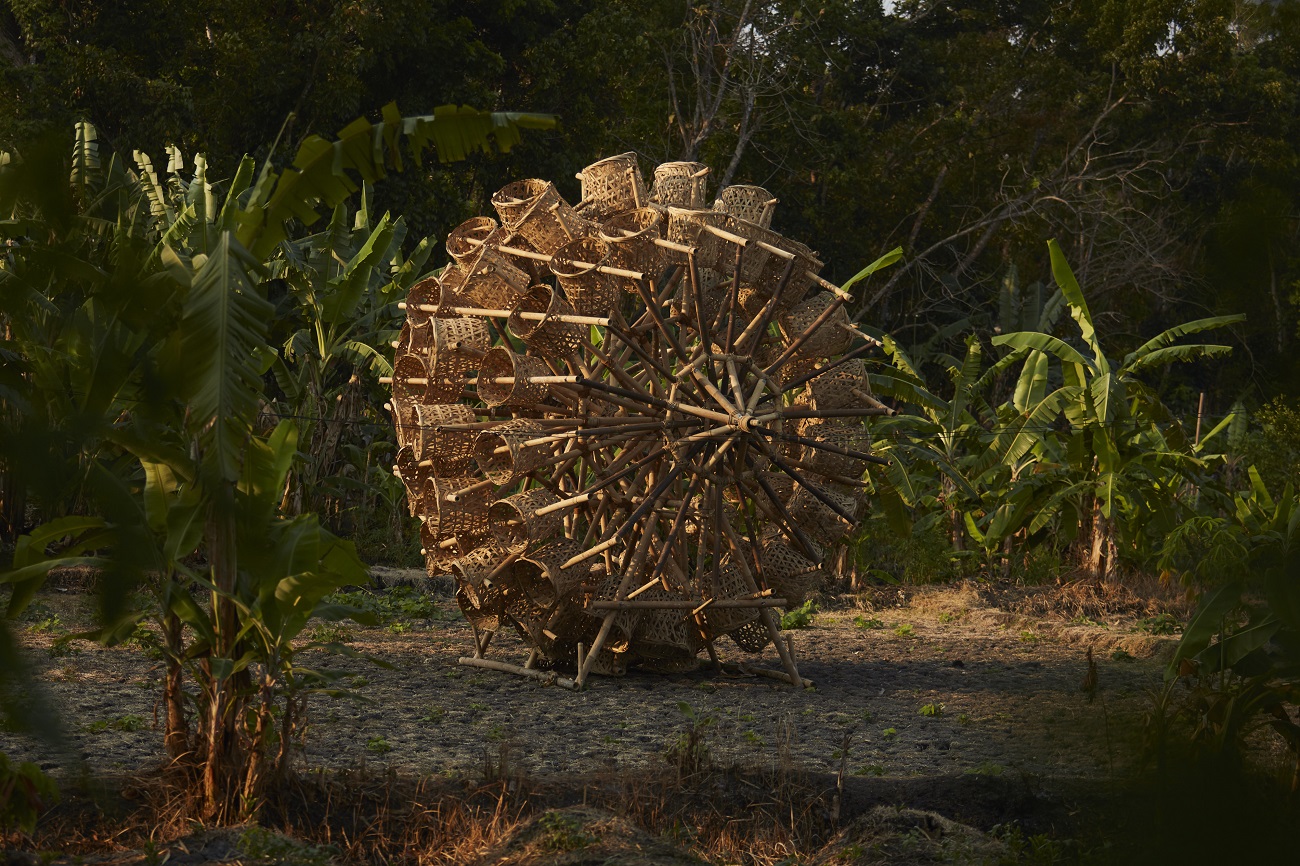
Dan Vezentan, „The Rice Harvester”
You centered your creation on the natural, the agricultural, does it also have an activist dimension in this sense? Beyond the sublienation of rural practices that have been lost or risk being lost.
Dan Vezentan: The subject of agriculture comes from personal experience – I grew up in a rural area of Maramureș where I had access to both traditional household food production practices and industrialized modern socialist farms. I am a keen observer of agricultural production techniques and I try to highlight some traditional methods that have been abandoned or lost and could work ecologically and reliably today.
I don’t necessarily consider myself an activist, let’s say I use a 10% gray instead of black for my messages.
Do you think art should have this component, to be militant?
Dan Vezentan: Art can be militant without having a direct message at first glance. There are more subtle, sometimes unconscious communications that are revealed over time in an artist’s work. I don’t think we have such a wide audience/ access to such a wide audience that we can provoke major change. Music and film have a much bigger impact if it’s about penetrating militant messages into the mainstream.
What topics will be covered at the October Glitch discussion? What can participants expect?
Dan Vezentan: I collect technical books, especially books on veterinary practices, books on anatomy of domestic animals, physiology or specialized journals that were found in the library of any livestock farm in Romania in the 60s and 80s. I will present the zootechnical-agricultural library in my workshop and some copies of books with graphics specific to those years, with interesting covers or atypical anatomy plates. Most of my drawings start from anatomy or technical book illustrations, so I will also continue with an artist talk with examples from my portfolio.
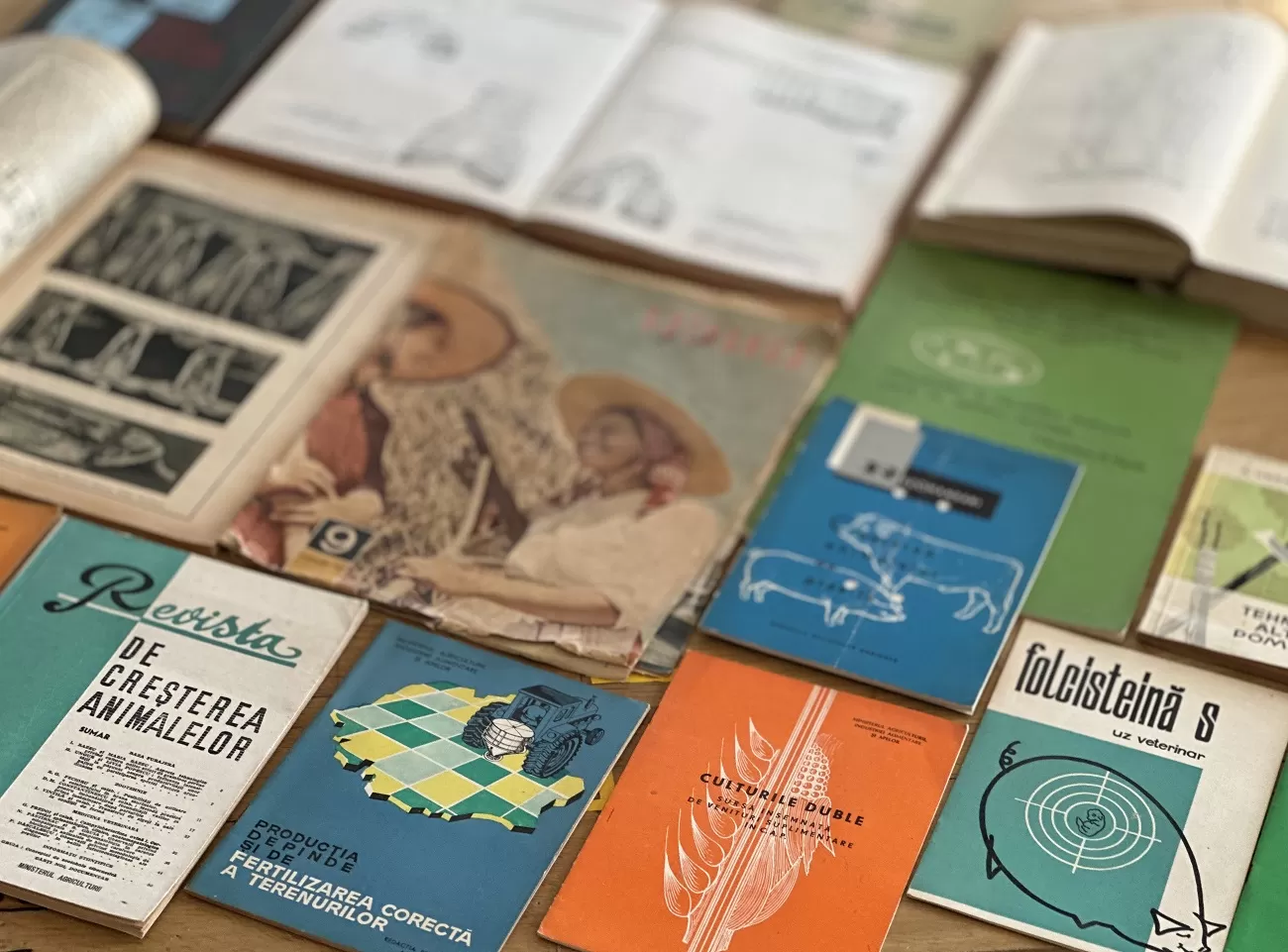
Books from Dan Vezentan collection
Photos courtesy of the artist

